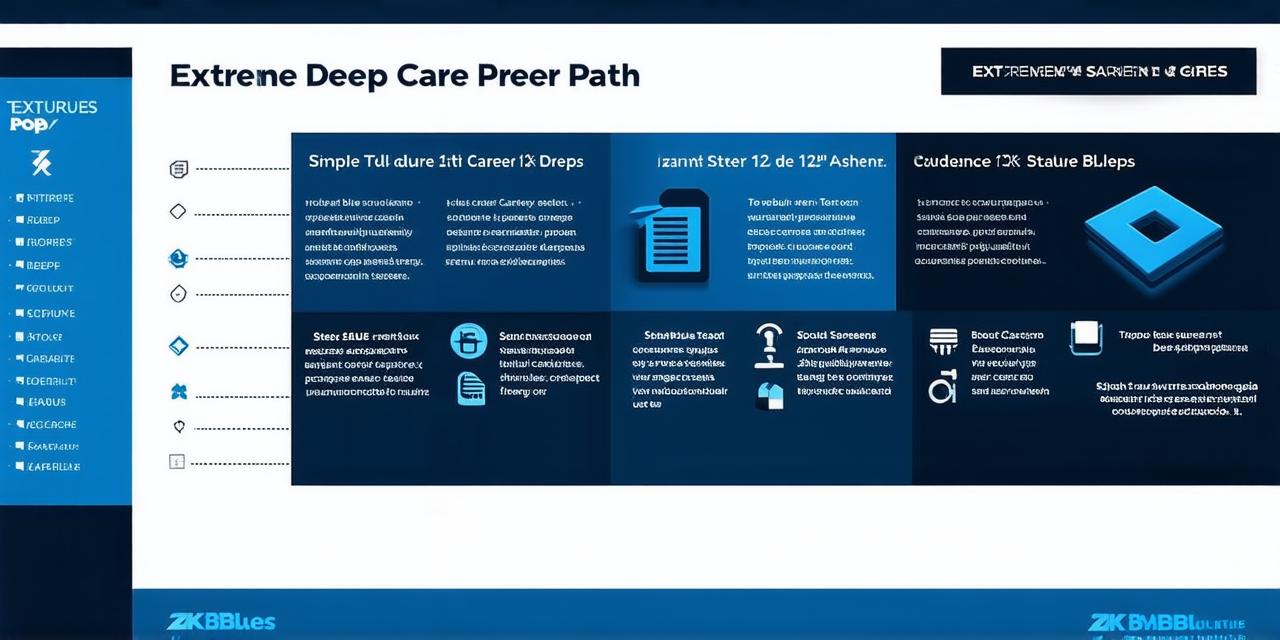Steps to pursue a career in web design after completing 12th grade
BlogIntroduction
Web design is a highly sought-after skill in today’s digital age. With more and more businesses relying on the internet to reach customers, web designers are in high demand. If you have completed 12th grade and are looking for a career that will allow you to use your creativity and technical skills, then a career in web design may be just what you need. In this guide, we will explore the steps you can take to pursue a career in web design after completing 12th grade.
Step 1: Understand the basics of web design
Before diving into the world of web design, it is important to have a basic understanding of what it involves. Web design includes creating websites and web applications that are functional, visually appealing, and user-friendly. This involves using coding languages such as HTML, CSS, and JavaScript, along with graphic design software like Photoshop and Illustrator.
You can learn the basics of web design through online courses or tutorials, or by taking a web design course at a local college or university. Some popular resources include Codecademy, W3Schools, and Udemy.
Step 2: Build your portfolio
Once you have learned the basics of web design, it is important to start building your portfolio. Your portfolio should showcase your best work and demonstrate your skills in creating functional, visually appealing websites. This can include personal websites, websites for friends or family members, or even a fictional website you create just for the purpose of building your portfolio.
Step 3: Get certified
While having a strong portfolio is important, getting certified in web design can also be beneficial. There are many different types of certifications available, ranging from beginner-level to advanced. Some popular options include the Certified Web Developer (CWD) certification offered by EC Council and the Certified Website Developer (CWD) certification offered by CompTIA.
Step 4: Network and build relationships
Networking is a crucial part of any career, and web design is no exception. Building relationships with other web designers, industry professionals, and potential employers can help you learn about job opportunities and stay up-to-date on the latest trends and technologies in web design.
Some ways to network include joining online forums or social media groups related to web design, attending web design events or conferences, and connecting with people on LinkedIn or other professional networking sites.
Step 5: Find job opportunities
Once you have built your portfolio, gained certification, and networked, it is time to start looking for job opportunities in web design. There are many different types of web design jobs available, including web developer, user experience (UX) designer, front-end developer, and back-end developer.
Some popular places to find job opportunities include online job boards like Indeed or Glassdoor, professional networking sites like LinkedIn, and company websites. It is important to tailor your resume and cover letter to each specific job you are applying for, highlighting the skills and experiences that are most relevant to the position.
Conclusion
Pursuing a career in web design can be a highly rewarding and fulfilling path. With the right education, experience, and determination, anyone can become a successful web designer. By understanding the basics of web design, building your portfolio, gaining certification, networking and building relationships, and finding job opportunities, you can take the first steps towards a successful career in web design.
FAQs
1. What is the average salary for a web designer?
According to the Bureau of Labor Statistics, the median annual wage for web developers is $69,430 as of May 2019. However, salaries can vary depending on factors such as experience, location, and industry.
